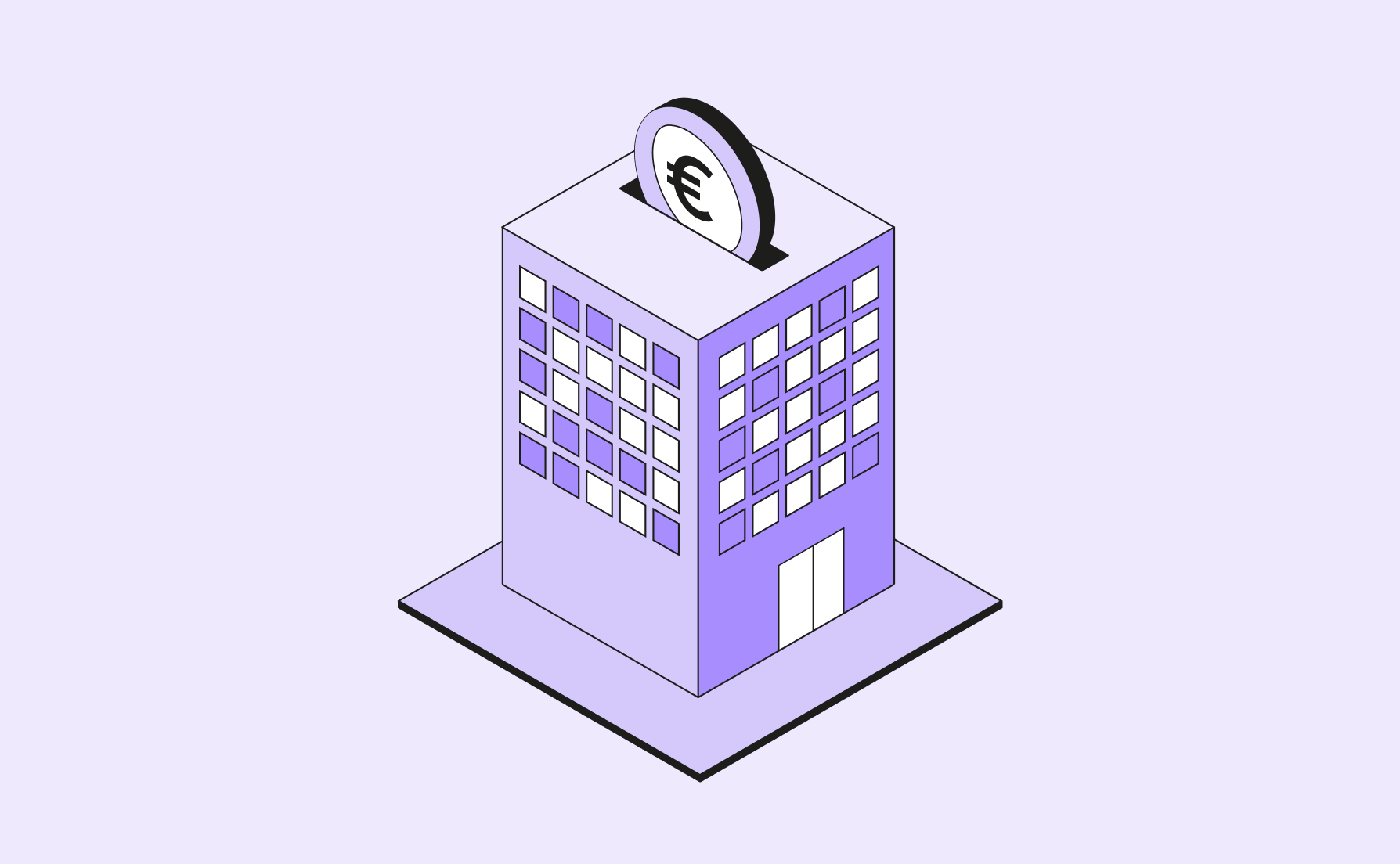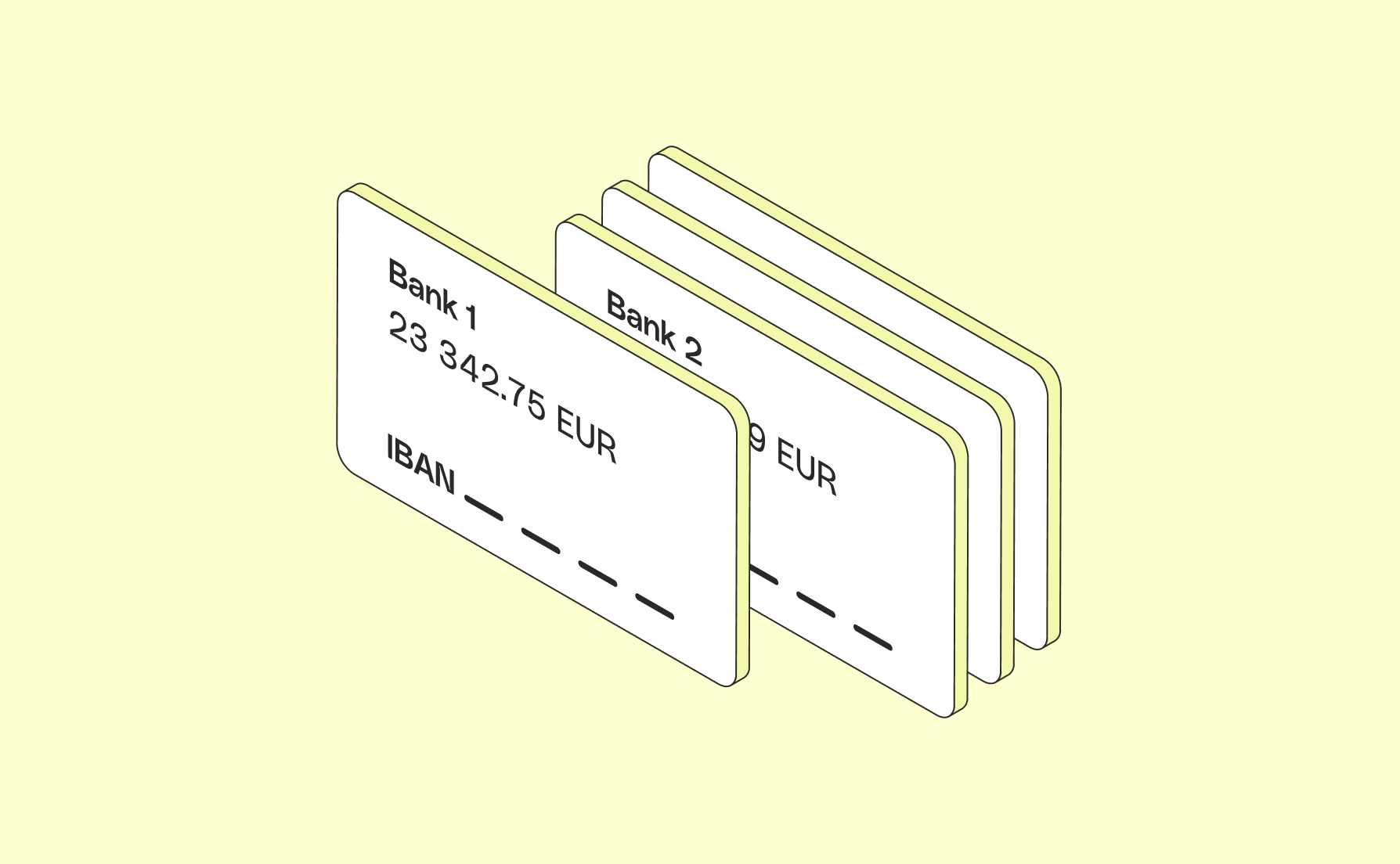Energy costs are high up on the list of worries for businesses. They were already a concern this time last year but what’s happened since has made prices even more volatile and left a larger number of SMEs exposed. From March 2022, inflation went from highly unpredictable to predictably high and, in the summer, European energy prices were reaching unprecedented peaks.
One driving factor was - and still is - the continued impact of the war in Ukraine and the resulting lack of Russian gas on the European market. Scarce gas meant expensive gas and that in turn meant expensive electricity.
Another root cause was the massive hike in demand for energy as the economy emerged from its COVID-enforced hibernation. Europeans suddenly needed more gas and electricity again; there was just less of it to be had.
The European Central Bank stepped in to kick-start the stalled machine by raising interest rates last year and that policy is expected to continue in 2023. It seems, to an extent, to be working: inflation in France receded to 5.9% last December, from 6.2% the previous month, according to INSEE, the French national statistics institute.
But 5.9% is still historically very high. The specter of high energy prices still looms large over SMEs, which can’t always pass on the higher prices they pay to their customers.






